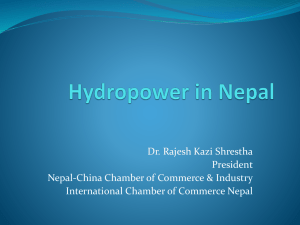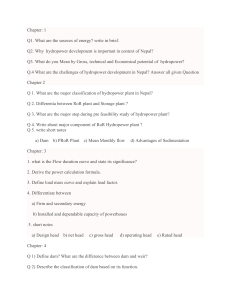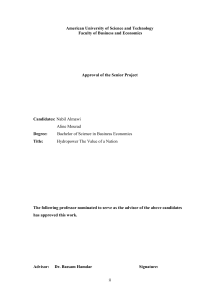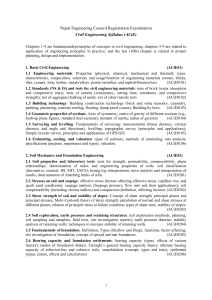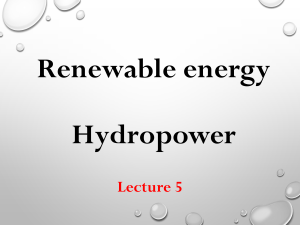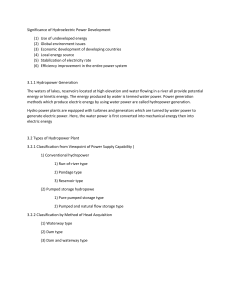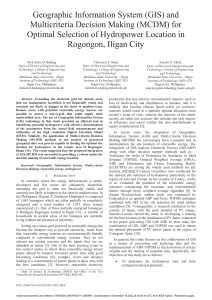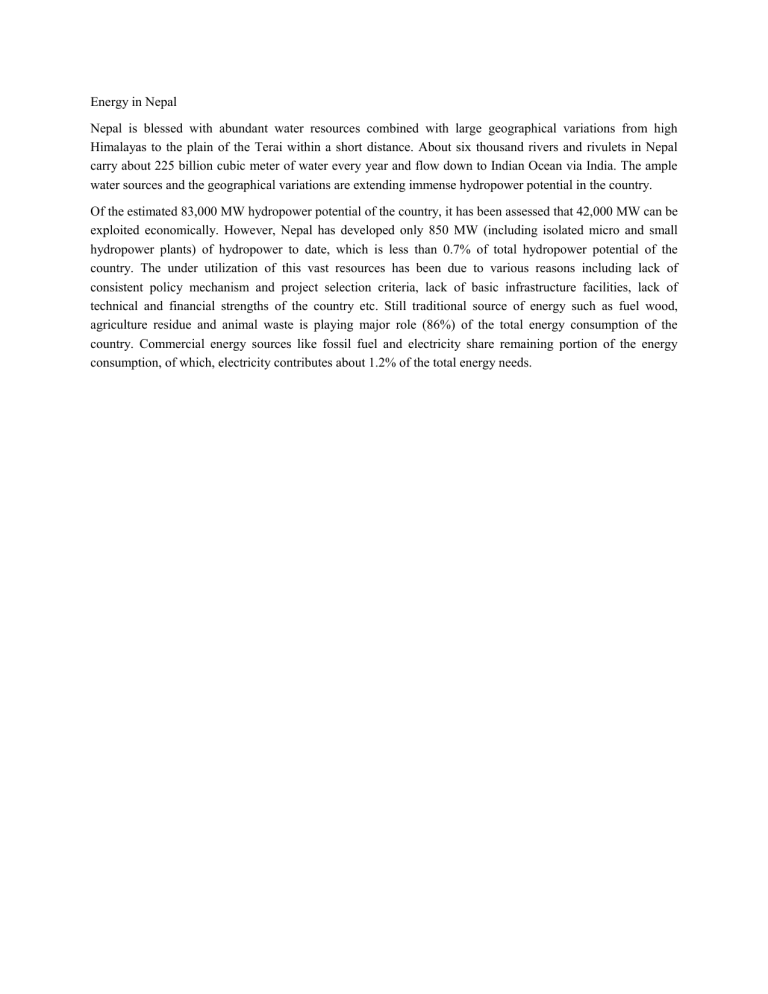
Energy in Nepal Nepal is blessed with abundant water resources combined with large geographical variations from high Himalayas to the plain of the Terai within a short distance. About six thousand rivers and rivulets in Nepal carry about 225 billion cubic meter of water every year and flow down to Indian Ocean via India. The ample water sources and the geographical variations are extending immense hydropower potential in the country. Of the estimated 83,000 MW hydropower potential of the country, it has been assessed that 42,000 MW can be exploited economically. However, Nepal has developed only 850 MW (including isolated micro and small hydropower plants) of hydropower to date, which is less than 0.7% of total hydropower potential of the country. The under utilization of this vast resources has been due to various reasons including lack of consistent policy mechanism and project selection criteria, lack of basic infrastructure facilities, lack of technical and financial strengths of the country etc. Still traditional source of energy such as fuel wood, agriculture residue and animal waste is playing major role (86%) of the total energy consumption of the country. Commercial energy sources like fossil fuel and electricity share remaining portion of the energy consumption, of which, electricity contributes about 1.2% of the total energy needs.



